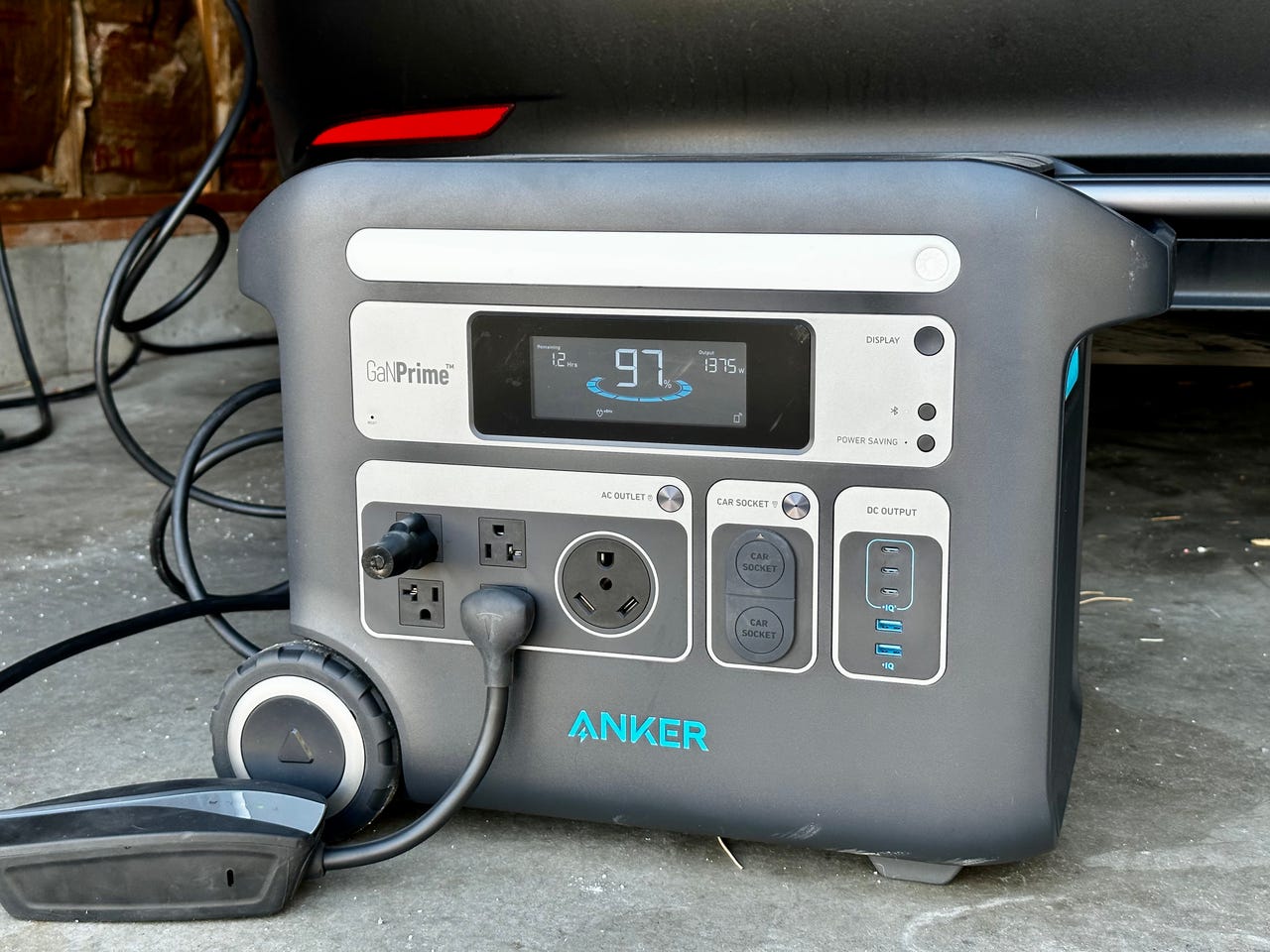'ZDNET Recommends': What exactly does it mean?
ZDNET's recommendations are based on many hours of testing, research, and comparison shopping. We gather data from the best available sources, including vendor and retailer listings as well as other relevant and independent reviews sites. And we pore over customer reviews to find out what matters to real people who already own and use the products and services we’re assessing.
When you click through from our site to a retailer and buy a product or service, we may earn affiliate commissions. This helps support our work, but does not affect what we cover or how, and it does not affect the price you pay. Neither ZDNET nor the author are compensated for these independent reviews. Indeed, we follow strict guidelines that ensure our editorial content is never influenced by advertisers.
ZDNET's editorial team writes on behalf of you, our reader. Our goal is to deliver the most accurate information and the most knowledgeable advice possible in order to help you make smarter buying decisions on tech gear and a wide array of products and services. Our editors thoroughly review and fact-check every article to ensure that our content meets the highest standards. If we have made an error or published misleading information, we will correct or clarify the article. If you see inaccuracies in our content, please report the mistake via this form.
I tried to charge my Tesla with Anker's PowerHouse 767. Here's what happened

I've owned a Tesla for over three years now, and not once during that time have I had a close call with emptying the battery and not having a charger nearby. Tesla's charging network is massive and easily accessible and doesn't take a ton of planning in most instances.
There are, of course, times when you're stretching the limits of the car's range.
Also: Tesla promises the Cybertruck is on track
I've watched and laughed at videos of people trying to charge an electric vehicle (EV) with various portable devices like a gas generator. It's a hilarious and wildly inefficient solution. But, whatever it takes, I guess?
That said, when I received a sample of the Anker PowerHouse 767, effectively a 2,048 milliamp-hour battery pack, complete with a 30A outlet for powering an RV while camping, the first thing I thought of was trying to charge my Tesla with it. I mainly wanted to try it because the 30A outlet would charge the car much faster than the standard 110v outlet.
But, it didn't work. I think it has something to do with the 30A outlet not having the proper ground wire for Tesla's mobile connector (what Tesla calls its portable charger) to run.
However, after some back and forth with the Anker team, I was able to figure out what was needed to charge my Model 3. The key? This $16 ground-neutral bonding plug. It tricks the mobile connector into thinking the outlet is grounded, thus allowing it to charge the car.
Also: The best portable power stations
So I connected a fully charged PowerHouse 767 to my Tesla Model 3 and let it charge at the 767's max capabilities, which was 1 kilowatt per hour. That's really slow. Keep in mind my Model 3 has a battery pack of around 75kWh. If the PowerHouse had the same capacity, it'd take 75 hours to charge the Tesla fully.
Instead, the PowerHouse has a capacity of just 2 kilowatts, which translates to roughly 5 miles of extra range on a Tesla Model 3... and it takes about 90 minutes to add that charge to the car.
For data geeks, here are all of the charging stats that TeslaMate captured about this specific charging session.
While the PowerHouse isn't meant to be an EV range extender, it does prove that a mobile charger for EVs is possible; we just need the technology and batteries to make it faster and add more range.
Until then, the PowerHouse 767 has earned my trust as a reliable portable power source, be it during a power outage, using it as a battery backup for a PC, or even taking it camping.
